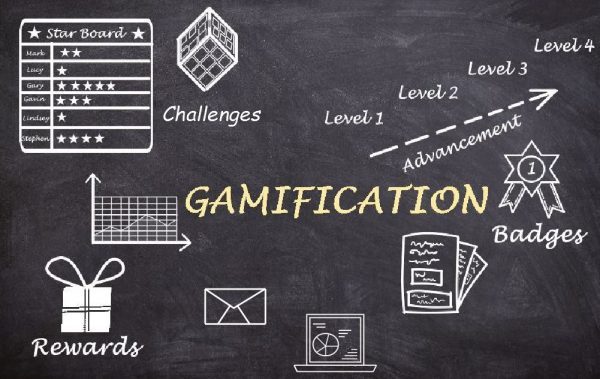
In Module 4, my task was to design a tool or an activity to aid educators (in schools, universities, or businesses/organizations) in identifying the assumptions they hold and considering the options for exploring those assumptions in a non-judgmental fashion.
The activity was to be designed for a specific audience within a specific context, and I was to share that audience and context in a presentation. Essentially, creating a tool to “train the trainers.”
In creating this tool, I had several creative choices. I might have created a kiosk learning tool, designed an interactive presentation, created an adaptive learning activity with a hypertext tool or designed a series of exercises.
I was also to provide a short video presentation (2-3 minutes) using the resources in Units 7 and 8, Zoom, or voiceover PowerPoint, in which to explain how the tool I had developed would help people explore their assumptions and how the tool would be appropriate for the specific environment that I had chosen.
This week’s required media included the “What is Culture?” website that covered many aspects of culture as they relate to different parts of the world (What is Culture, Introduction). Coming from a software developer background, one of the aspects of Meyer’s Dimensions that really caught my attention was that of Scheduling. It is my experience that the software development field is on the linear side of the scale when it comes to scheduling and that perhaps developers should evaluate that aspect of their demeanor, as it may be hindering the creativity of some newer developers who come from different cultures.
The group under study would be the software development department at an internationally known financial company that has offices in California, New Jersey, and India. The company offers various marketing solutions to financial advisors from several well-known broker-dealers throughout the nation. Figure 1 shows that India views scheduling as more flexible while the United States sees scheduling as more linear (What is Culture, Scheduling: Linear vs. flexible). Because of this, the chosen company makes an ideal study group.

Figure 1: Country Comparison – where certain countries fall on the scheduling dimension.
The core part of the training will come from an exercise in determining a company’s cultural dimension regarding scheduling. To do this, the company’s software development team will visit a website designed to evaluate where they fall on the scale between flexible scheduling and linear scheduling outlooks (Jamison, 2022). The study will use a Likert-type scale that provides five possible answers to a variety of statements allowing respondents to indicate their positive-to-negative strength of agreement regarding each (Mcleod, 2019). The statements under evaluation will be 25 quotes about “time” taken from a Clockify blog post (Milojevic). Once the participant completes the survey and presses the submit button, the website will calculate the results and a pie chart will be displayed showing them to what degree they favor a linear scheduling outlook vs. a flexible scheduling outlook.
The results of this exercise will open the door to discussions on how the current agile development framework might be viewed from an Indian employee’s culture and how the agile methodology used by the company might be modified to allow for more flexible workflows. It is the hope that the practice of allowing more flexibility in the workflow will spur increased creativity in the approaches taken to solve client software needs.
References
Jamison, F. (2022, November 19). How do you view your time? How Do You View Your Time? Retrieved November 19, 2022, from http://frankjamison.com/portfolio/EP746-Module-4-Assignment/
Mcleod, S. (2019). Likert scale definition, examples and analysis. Simply Psychology. Retrieved November 19, 2022, from https://www.simplypsychology.org/likert-scale.html
Milojevic, N. (n.d.). 200+ time quotes: The best quotes about time. Clockify Blog. Retrieved November 20, 2022, from https://clockify.me/blog/fun/quotes-about-time-management/#Time_and_work_quotes
What is Culture. (n.d.). Introduction. What is Culture. Retrieved November 20, 2022, from https://whatisculture.org/
What is Culture. (n.d.). Scheduling: Linear vs. flexible. What is Culture. Retrieved November 20, 2022, from https://whatisculture.org/?page_id=71
Assignment Grade: 40/40



